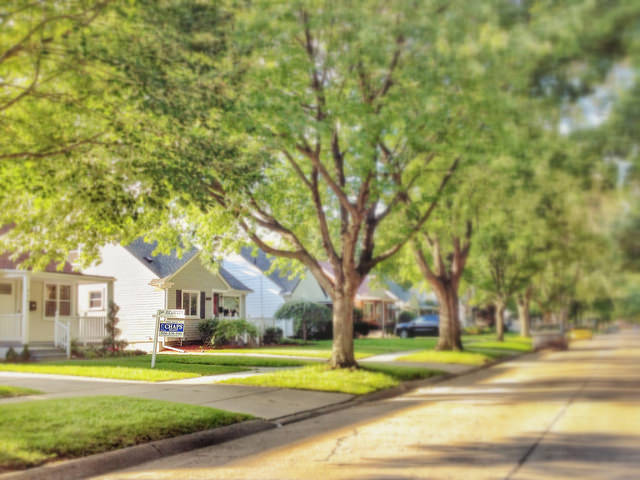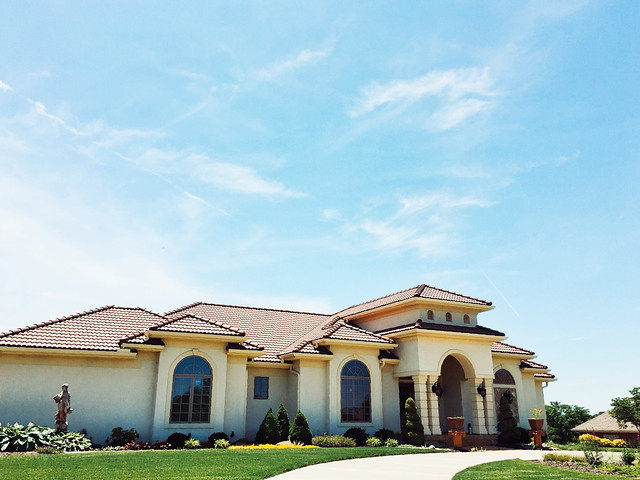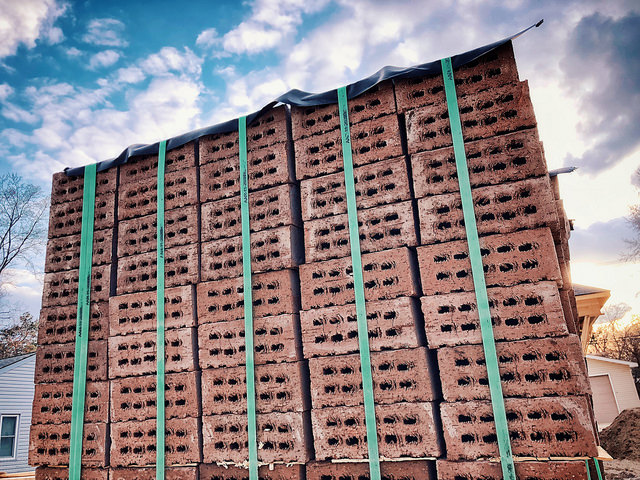The number of contracts to buy homes fell significantly in April from the month before, according to new numbers from the National Association of Realtors’ Pending Home Sales report. But despite the double-digit decline, Lawrence Yun, NAR’s chief economist, says he sees improvement just around the corner. In fact, he thinks April may be the low point for contract signings. “While coronavirus mitigation efforts have disrupted contract signings, the real estate industry is ‘hot’ in affordable price points with the wide prevalence of bidding wars for the limited inventory,†Yun said. “In the coming months, buying activity will rise as states reopen and more consumers feel comfortable about home buying in the midst of the social distancing measures.†With states reopening, new listings rising, and Realtors reporting that they’re able to complete transactions while adhering to new safety precautions, there is increasing optimism that the housing market will be even more resilient than expected. As evidence of that, the NAR has recently revised their forecast to reflect that optimism. Their latest outlook sees home sales falling less than originally forecast and prices increasing, rather than remaining flat.













